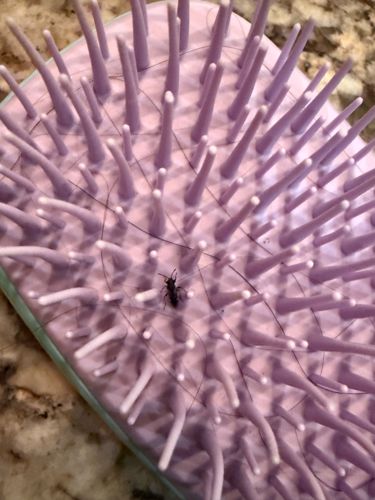Ant
Scientific Name: Formicidae
Order & Family: Hymenoptera, Formicidae
Size: Most ants range from 2 to 7 millimeters (0.08 to 0.28 inches) in length, though some species can be much larger, up to 30 mm (1.2 inches).

Natural Habitat
Ants are found in nearly all terrestrial habitats worldwide, from forests to deserts and urban environments. They typically live in colonies in nests constructed in soil, under rocks, in wood, or in human structures.
Diet & Feeding
Ants have diverse diets depending on the species. Many are omnivores, feeding on nectar, seeds, fungi, insects, and carrion. Some are specialized predators, while others cultivate fungi or herd aphids for their honeydew.
Behavior Patterns
Ants are highly social insects, living in organized colonies with a queen, workers, and males. They exhibit complex behaviors including foraging, nest building, defense, and communication through pheromones. Their life cycle involves complete metamorphosis (egg, larva, pupa, adult).
Risks & Benefits
Risks: Some ant species can bite or sting, causing minor irritation or allergic reactions in sensitive individuals. Certain species can be pests in homes, contaminating food or damaging property. Benefits: Ants play crucial roles in ecosystems, including soil aeration, seed dispersal, pest control (predating on other insects), and decomposition of organic matter.
Identified on: 11/12/2025